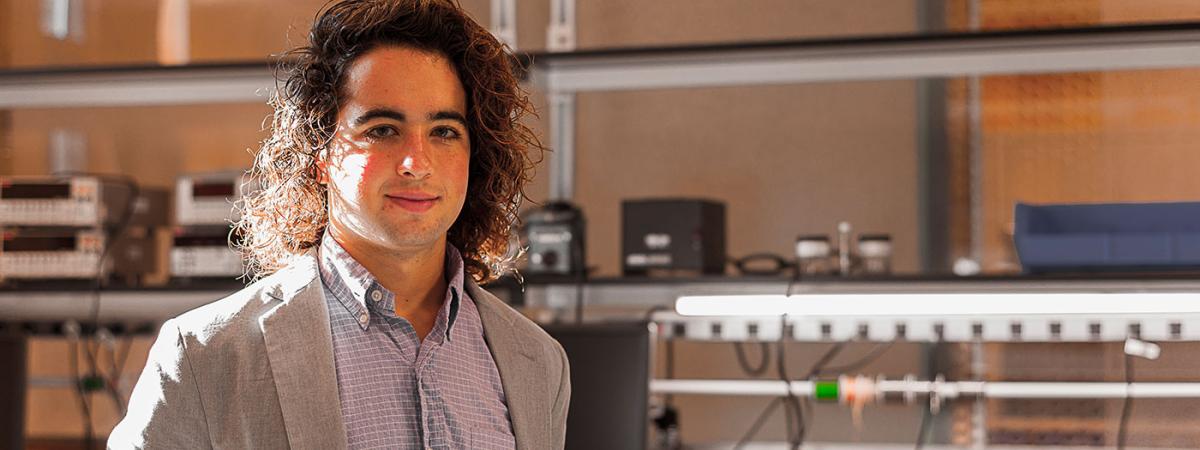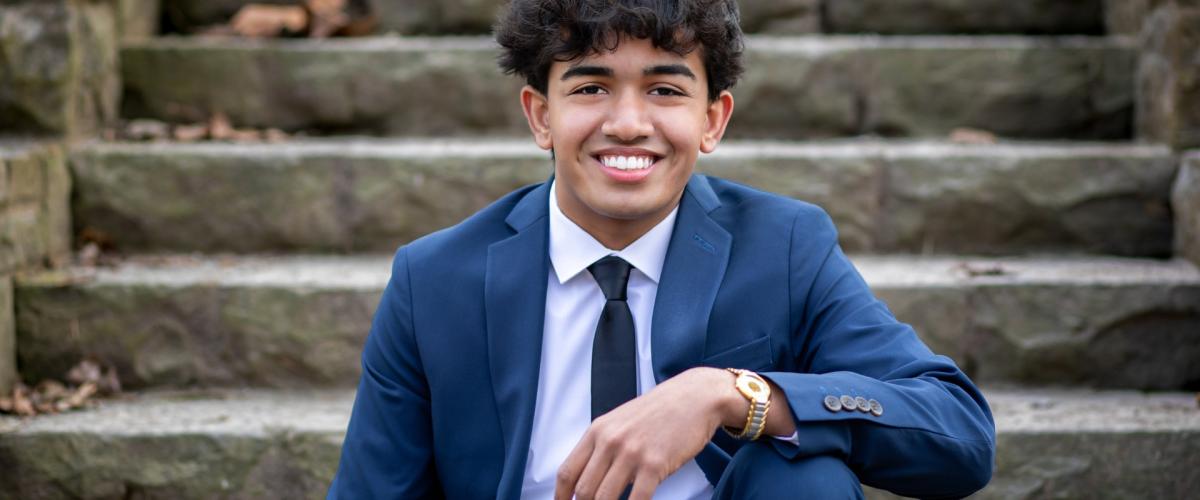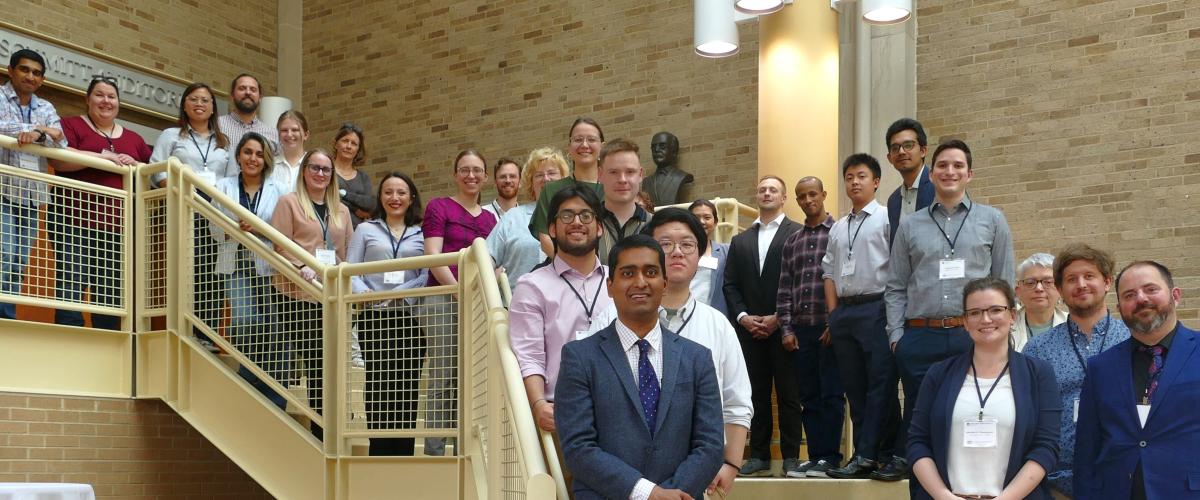Matt Campagna has always had a knack for working with computers; from a young age, he often took them apart and put them back together. After developing an early interest in programming, he realized that he wanted to apply his skills and directly help people.
Now a sophomore studying computer engineering at Case Western Reserve University, he’s doing just that. In fact, he’s addressing a major concern in sports today: concussions.
As cofounder of Reflexion Interactive Technologies, Campagna is developing and testing a prototype to quickly and cheaply screen athletes for concussions.
“There’s not adequate response right now,” he said of current screening processes. “It’s very subjective.”
He first started investigating the problem with two friends during their senior year of high school in Lancaster, Pennsylvania, after a coach spoke to their programming class about the school’s system for concussion screening and monitoring.
Campagna and two friends—all athletes—quickly came to a conclusion: It wasn’t a very good system, and there had to be a better solution. There was, the coach told them—but better alternatives cost upward of $18,000, which wasn’t practical for schools.
So he and his friends developed their own prototype, including software and hardware, for just $600.
Here’s how it works: Using a 2-by-6-foot video touch screen, an athlete completes one combined task that tests depth perception, peripheral awareness, reflexes and memory. The athlete is given a score, which the trainer can see on a laptop, to determine whether he or she needs to see a neurologist.
By creating a faster process, the cofounders hope teams will have more time to regularly screen for concussions—ideally once a week—to determine whether athletes have suffered even mild injuries.
“Right now, we’re relying on a system in which we wait for somebody on the sideline to say, ‘Hey, that was a very bad hit, we need to take you out.’ At that point, it’s usually an obvious concussion,” Campagna said. “These mild concussions are going undiagnosed.”
Beginning in January, the system will undergo clinical trials at Pennsylvania State University, where one of Campagna’s cofounders, Matt Roda, attends school. (His other cofounder, Patrick Walsh, goes to Cornell University.)
By May, they expect to have completed their study, which will give them a chance to make any necessary changes and have a prototype complete by mid-summer—just in time for fall sports. At that point, they hope to have various schools and athletic organizations further test the system.
Meanwhile, here at Case Western Reserve, Campagna is showing the system at competitions, impressing investors and taking home various awards, including second place at PITCH U and third place at the Cleveland Medical Hackathon.
After many events this fall, Campagna has gotten plenty of positive feedback.
“I like working with my team and seeing real results—and we’re actually making an impact. It’s not just that you complete an assignment and that’s it,” he said. “We’re able to take feedback from people and apply it to what we’re working on.”
Read more about Campagna in this week’s five questions.





